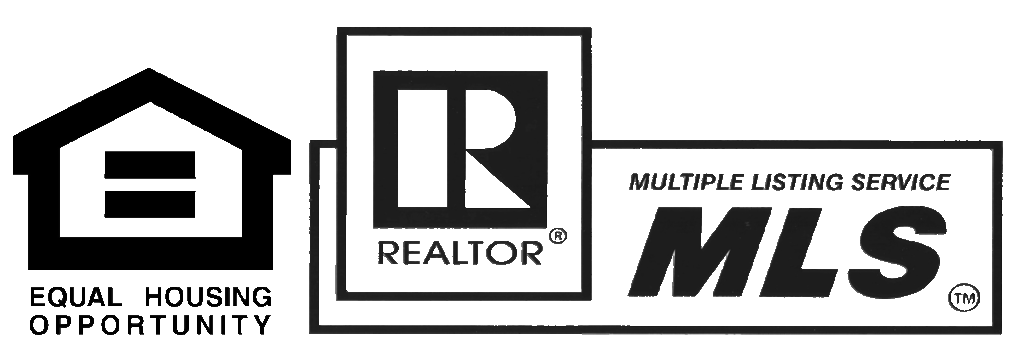Most first-time home buyers are eager to have their very own home but it has to be at a price they can afford. Smaller homes, fixer-uppers and cheaper commutes to work are the best options to look into.
The problem is, most first-time home buyers expect more than what they can actually afford in a home.
“In the past, first-time home buyers were willing to purchase older, more basic houses in an effort to save money. It is important for first-time homebuyers to remember that by considering a fixer-upper for their first home purchase, they can build equity over time and later move up and into their second-stage home that better reflects their expectations.”
Buyers who choose to go with fixer-ups homes should have the house inspected by a professional home inspector. Buyers need to find out how much it will cost you on repairs. You might end up spending more than what you saved. Homes that need basic fixing or improvement can give already give you a lot of savings but you can even save more on houses that need major work. Again, buyers need professional help so you can determine if your savings on the house is more than the cost of repairs.
Another surprising discovery was that most first-time buyers wanted affordability yet they looked for bigger houses within the metro. A smaller home is less expensive because of smaller footprint and square footage. In general they were looking for a house near their workplace so they could save on gas. However, houses around economic centers are expensive. These properties bank on the value of convenience. Those who live in areas like this can save on travel time and gas money.
A good alternative to this is finding an affordable place far from economic centers but near a transit oriented development (TOD) or low-cost public transit. There is also the option for carpooling or car-sharing communities.

